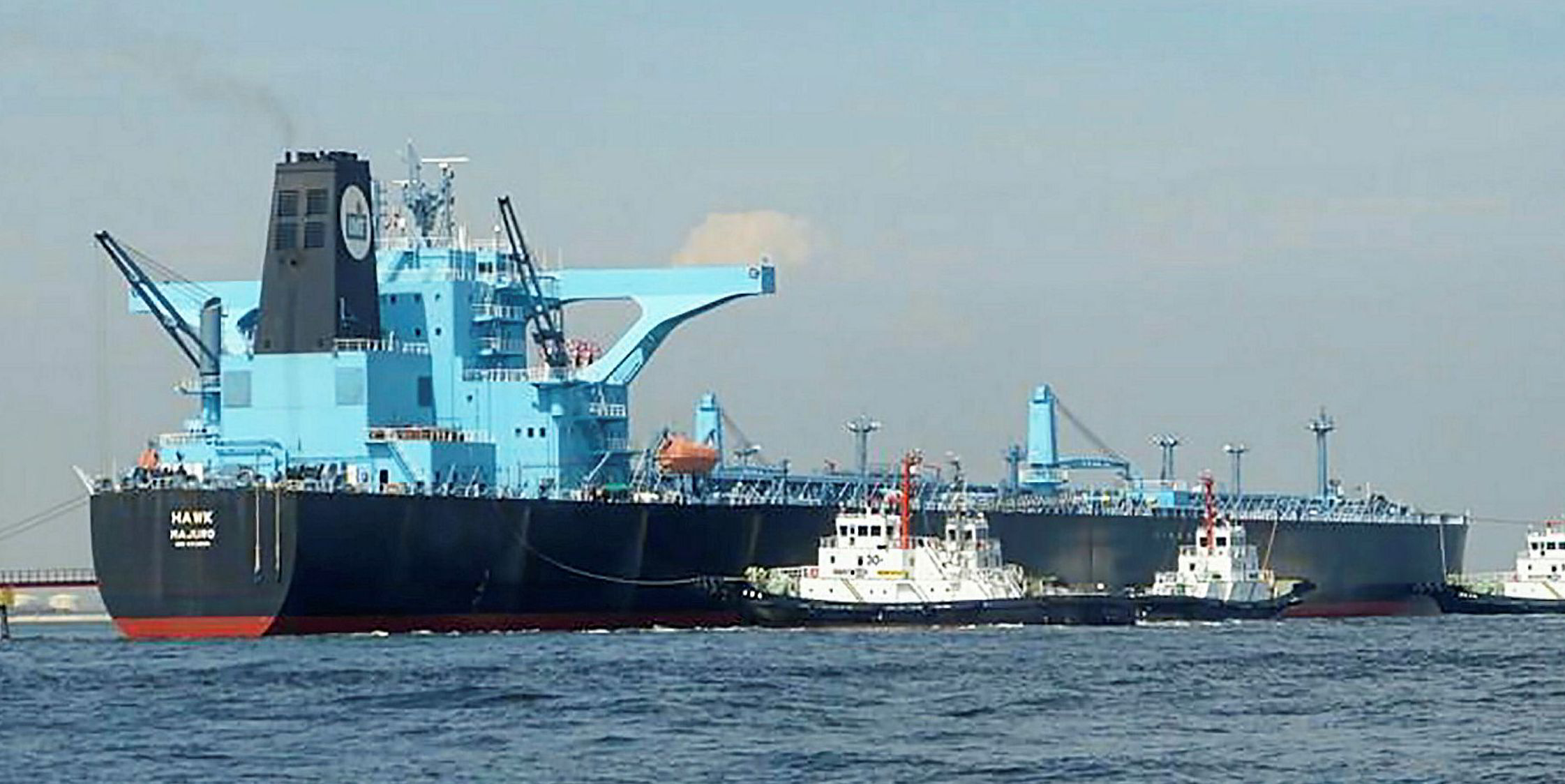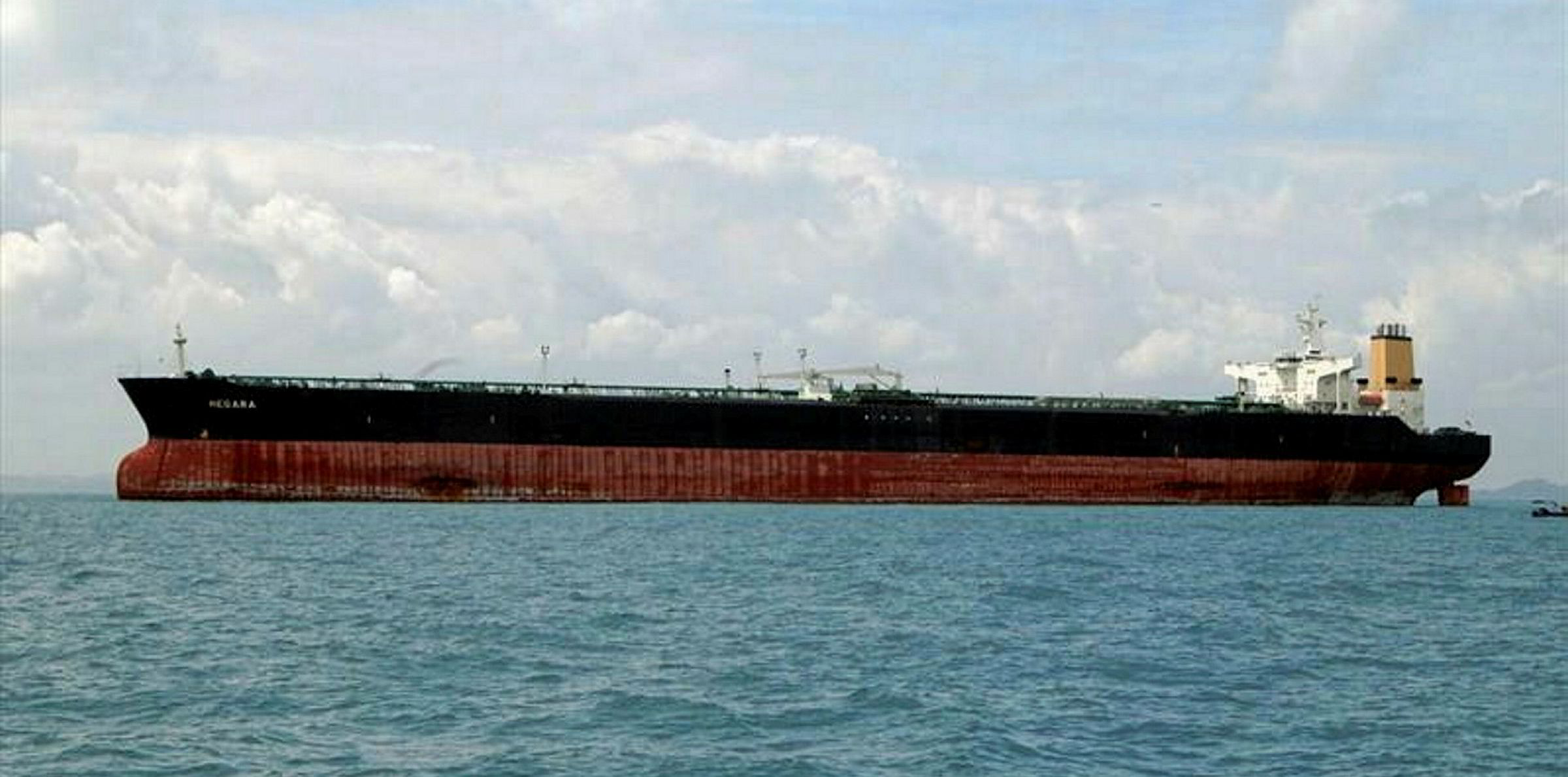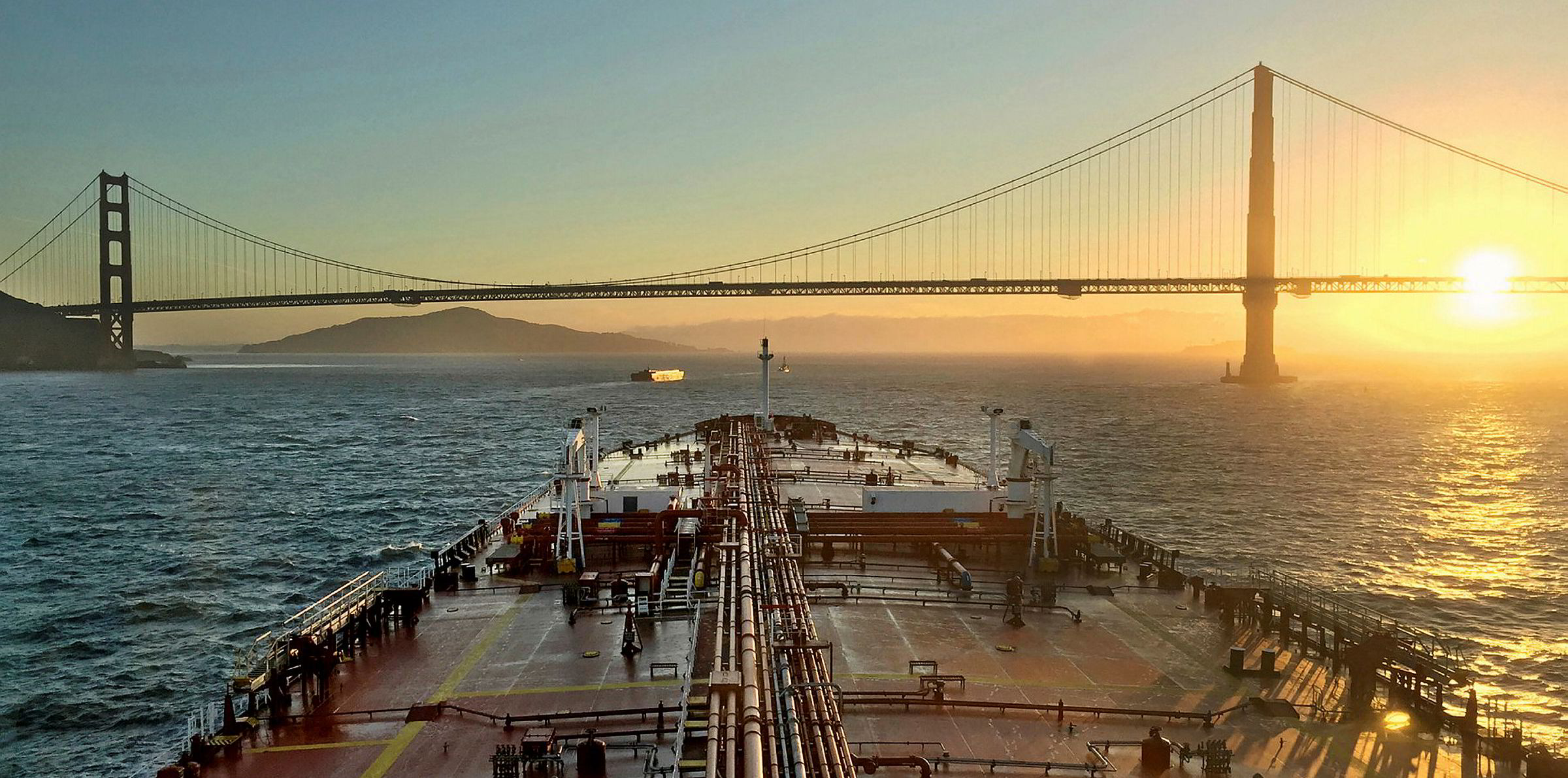Aged VLCCs were the hottest tanker asset class just a few months ago — but the values have cooled.
Market sources said the 306,300-dwt Bag Meur (built 2000) is still on the market, despite Dixstone Holdings trying to sell it since last month.
The mooted value was about $23.5m, in contrast to the $32m the 308,500-dwt Marina M (renamed Lerax, built 2000) fetched when Eastern Mediterranean Maritime sold it in early June.
Industry databases showed that Dixstone — an affiliate of French energy firm Perenco — took delivery of the ship only last quarter after acquiring it from Honam Oil Refinery for $25m in November.
The VLCC has been idling along the South Korean coastline without any cargo aboard since May after completing a shipment from the United Arab Emirates, Kpler data indicates.
Dixstone is thought to be seeking to dispose of the ship ahead of its special survey, where costs are estimated to reach between $2m and $3m with the installation of ballast water treatment system.
“She is old with a special survey due. A dog for today’s market,” one of the sources said. “Maybe the seller is not so bullish for the quarters to come due to the global recession.”
Falling demand for floating storage
Old VLCCs were doing well in the secondhand market earlier this year because trading houses and energy majors needed to store large quantities of oil at sea in an oversupplied market, analysts said.
But the requirement has been reduced in recent weeks, with a slow, gradual recovery in oil demand and supply cuts by Russia and Opec.
“The storage play is essentially over. There is very little demand now for old VLCCs to be used for floating storage, and indeed many units are now discharging and being let off,” Banchero Costa’s head of research Ralph Leszczynski said.
Kpler data revealed 155m barrels of crude were in short-term or long-term floating storage as of 6 August, down from a record high of 194m barrels on 28 June.
“There is not much alternative demand for a 20-year-old VLCC now — not much demand for them as storage, even less demand for trading,” Leszczynski said, adding that oil majors generally would steer away from an old vessel idled as floating storage for months.
“We should see some more demolition. Which is long overdue to be honest.”
While 2008 was a strong year for recycling when 31 VLCCs were scrapped, only four units have been demolished since January last year, data from Clarksons Research shows.
Weak demolition rates
But some others questioned whether vintage VLCCs could really be sent for scrap in droves during the pandemic amid a bearish, disrupted recycling market.
Clarksons data suggests the scrap value of a VLCC has fallen to $12.4m from $16.8m at the beginning of the year, despite more buying interest from recyclers in recent weeks.
South Asian breakers are reopening at a slow pace with many travel restrictions still in place, and weak macroeconomic conditions are likely to continue pressuring demolition rates, according to market players.
Moreover, Bimco chief shipping analyst Peter Sand said there would not be a large number of scrapping candidates, with many vintage VLCCs removed in 2018 and some already undergoing special surveys.
“We expect no flurry of demolitions to take place in 2020 and 2021,” Sand said. “As long as secondhand prices remain so much higher than demolition values, owners are seeking to pass on the ships.”







